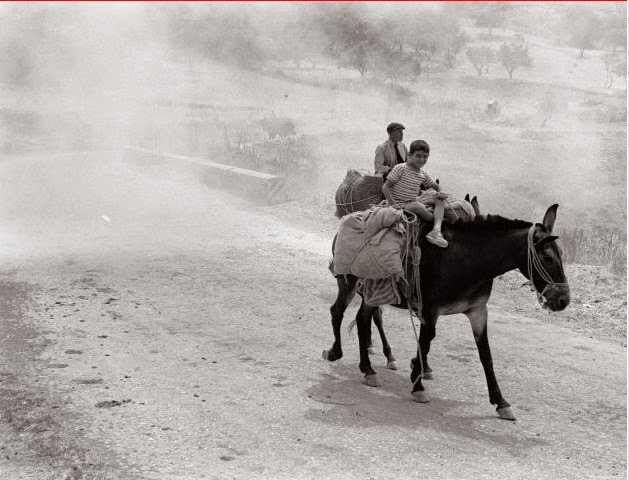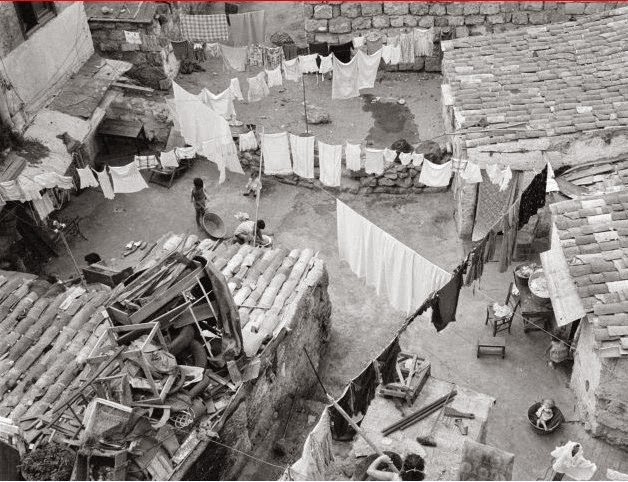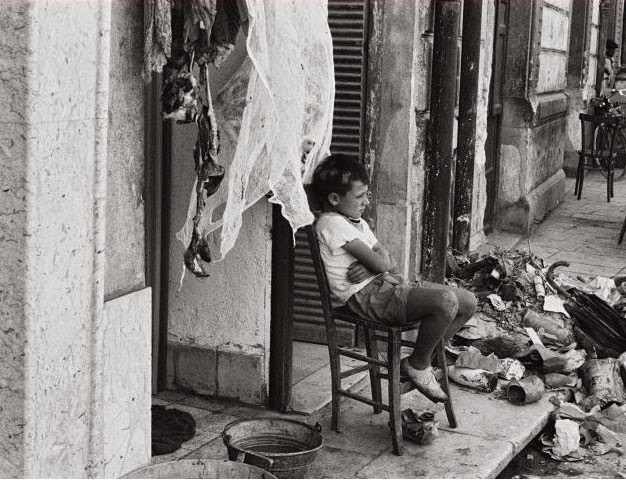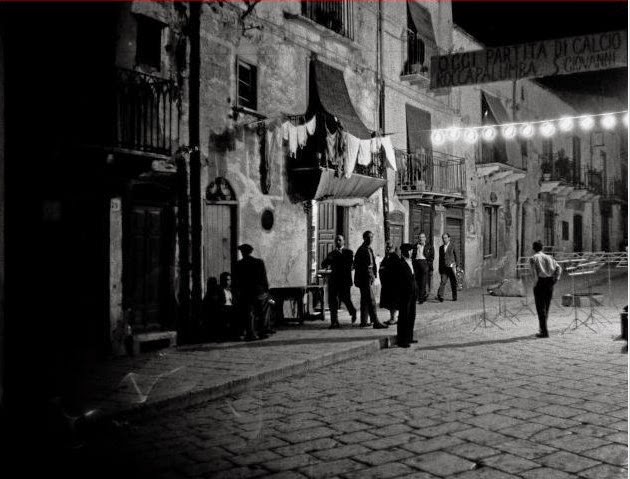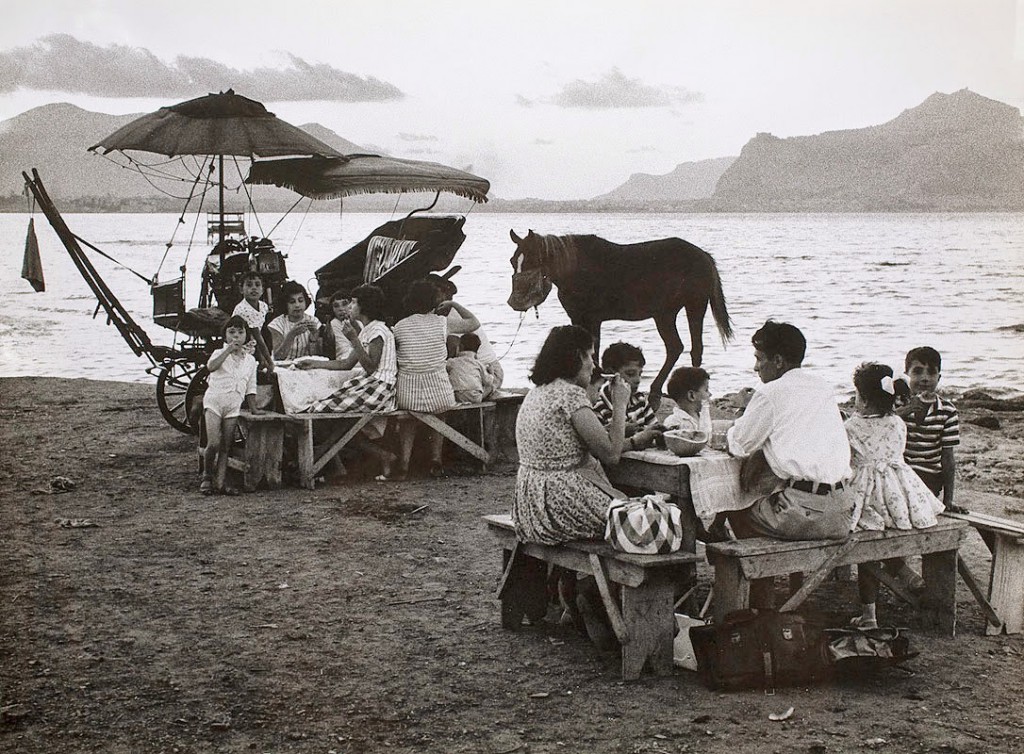Besides being the place that associates us with the Godfather, Sicily is beautiful and the largest island in the Mediterranean Sea.
Sicily is located in the central Mediterranean. It extends from the tip of the Italian Peninsula, from which it is separated only by the narrow Strait of Messina, towards the North African coast. Its most prominent landmark is Mount Etna, which, at 3,350 m (10,990 ft), is the tallest active volcano in Europe and one of the most active in the world. The island has a typical Mediterranean climate.
These beautiful black and white photos by Carel Blazer, depict the life in the stunning Italian island, Sicily back in 1959.
The earliest archaeological evidence of human dwelling on the island dates from as early as 12,000 BC.At around 750 BC, Sicily had three Phoenician and a dozen Greek colonies, and for the next 600 years, it was the site of the Sicilian Wars and the Punic Wars, which ended with the Roman Republic’s destruction of Carthage at the battle of Carthage (c. 149 BC).
After the fall of the Roman Empire in the 5th century AD, Sicily frequently changed hands, and during the early Middle Ages, it was ruled in turn by the Vandals, Ostrogoths, Byzantine Empire, and the Emirate of Sicily. The Norman conquest of southern Italy led to the creation of the Kingdom of Sicily, which was subsequently ruled by the Hohenstaufen, the Capetian House of Anjou,Spain, the House of Habsburg,and then finally unified under the House of Bourbon with the Kingdom of Naples as the Kingdom of the Two Sicilies.
Following the Expedition of the Thousand, a Giuseppe Garibaldi-led revolt during the Italian unification, and a plebiscite, it became part of Italy in 1860. After the Italian constitutional referendum, 1946, Sicily was given special status as an autonomous region.
Sicily has a rich and unique culture, especially with regard to the arts, music, literature, cuisine and architecture. It also holds importance for archaeological and ancient sites such as theNecropolis of Pantalica, the Valley of the Temples and Selinunte.
Sicily is both the largest region of the modern state of Italy and the largest island in the Mediterranean Sea. Its central location and natural resources ensured that it has been considered a crucial strategic location due in large part to its importance for Mediterranean trade routes. For example, the area was highly regarded as part of Magna Graecia, with Cicero describing Syracuse as the greatest and most beautiful city of all Ancient Greece.
The economic history of rural Sicily has focused on its “latifundium economy” caused by the centrality of large, originally feudal, estates used for cereal cultivation and animal husbandry that developed in the 14th century and persisted until World War II.
At times, the island has been at the heart of great civilizations, at other times it has been nothing more than a colonial backwater. Its fortunes have often waxed and waned depending on events out of its control, in earlier times a magnet for immigrants, in later times a land of emigrants.

